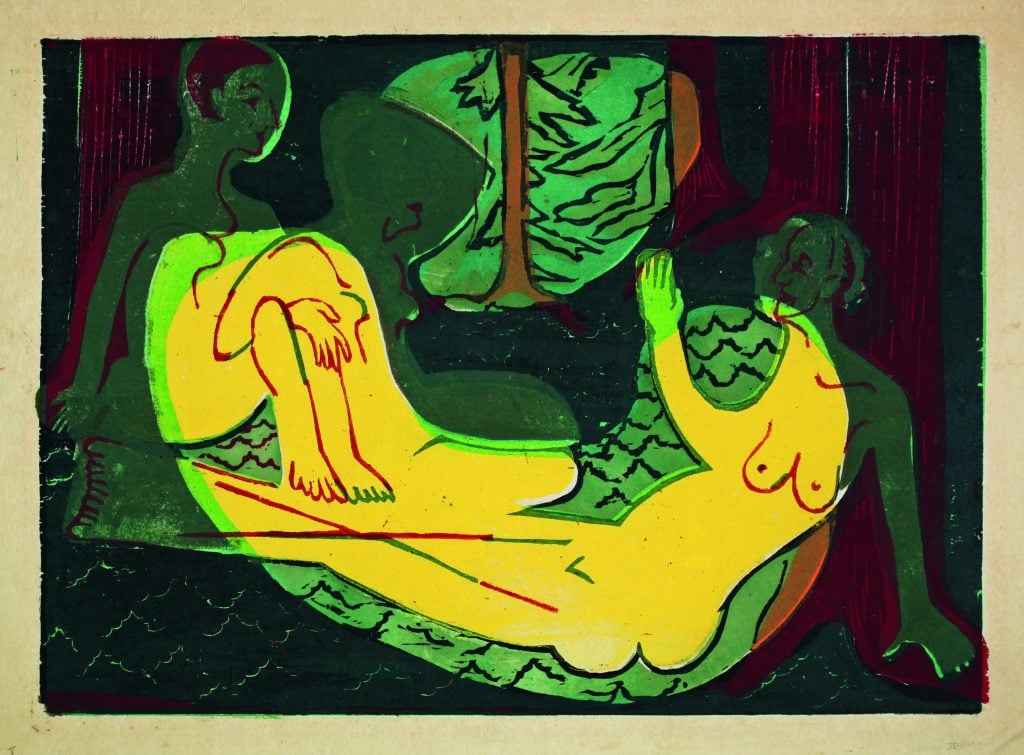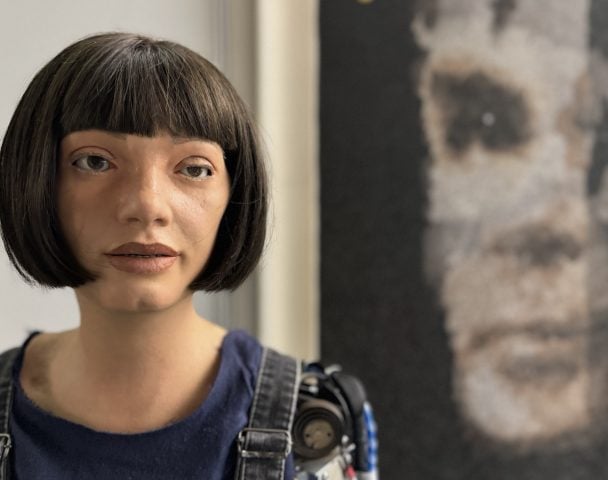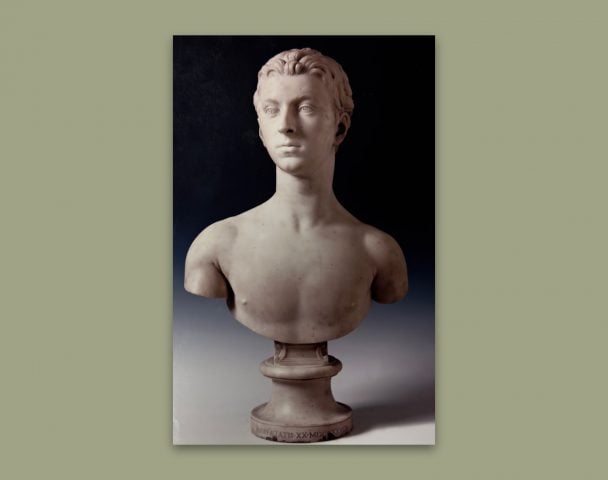While today, abstraction is a widely deployed form of creative expression, this wasn’t always the case. At the turn of the 20th century, and evolving over the course of the next several decades, abstraction was developed by a range of pioneering artists, leading among them German Expressionist painters, such as Ernst Ludwig Kirchner, whose lives and practices went against then prevailing artistic norms.
At Galerie Henze and Ketterer, Wichtrach/Bern, an exhibition explores this specific time and place in art history, “World Art for Peace & Freedom: From Abstraction-Création 1930 to the abstract world language 1960.” On view through December 20, 2024, and viewable through an online viewing room, the show traces the intriguing development of abstraction and Expressionism through the work of eight artists: Francis Bott, Günther Gumpert, Berard Schultze, Fred Thieler, Hann Trier, Theodor Werner, Fritz Winter, and, not least of all, Ernst Ludwig Kirchner.
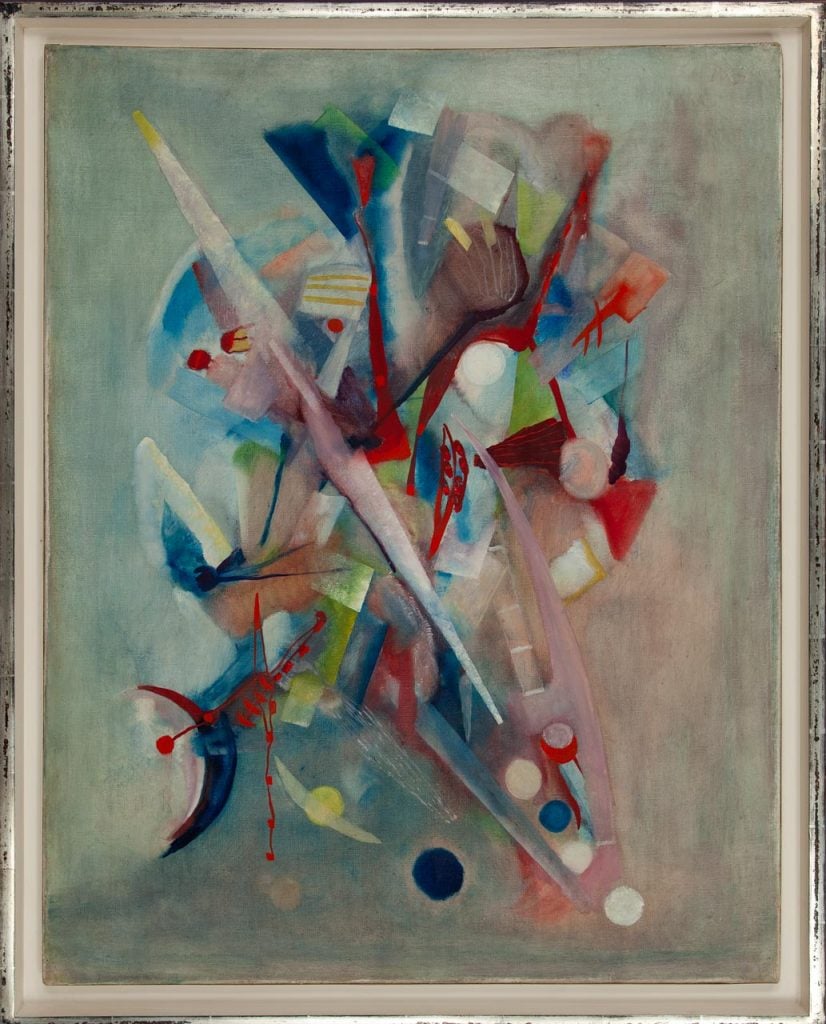
Fritz Winter, K III 101 (1939). Courtesy of Galerie Henze and Ketterer, Wichtrach / Bern.
Galerie Henze and Ketterer, a third-generation family-owned gallery, has managed the estate and archive of Kirchner since the mid-1950s, and, as such, the gallery has not only an unparalleled experience with the artist’s work but unrivaled insight into the breadth and scope of his practice. It also positions Kirchner as the ideal starting point for the present exhibition.
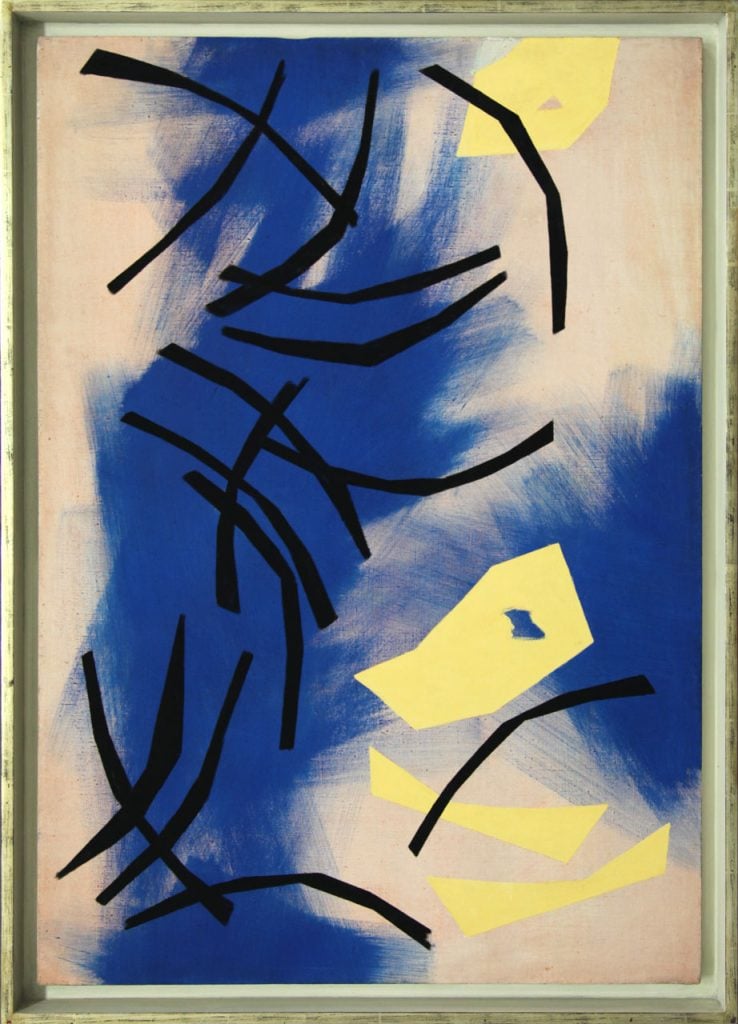
Theodor Werner, Signs in motion II (1953). Courtesy of Galerie Henze and Ketterer, Wichtrach / Bern.
Kirchner was one of the founding members of the artists’ group Die Brücke, or “The Bridge,” which was a pivotal endeavor that helped establish Expressionism, and his oeuvre is marked by dynamic brushwork, stylized perspective, and bold color palettes. His singular approach to artmaking coalesced between the late 1920s and early 1930s, as seen in his work Drei Akte im Walde (1933) and several other examples, all included in the present exhibition. While he served in World War I, with the rise of Nazism his work, along with that of numerous other artists, was labeled as degenerate. Despite his untimely death in 1938, the power and influence of his work were profound, the reverberations of which can still be seen in the trajectory of art history today.
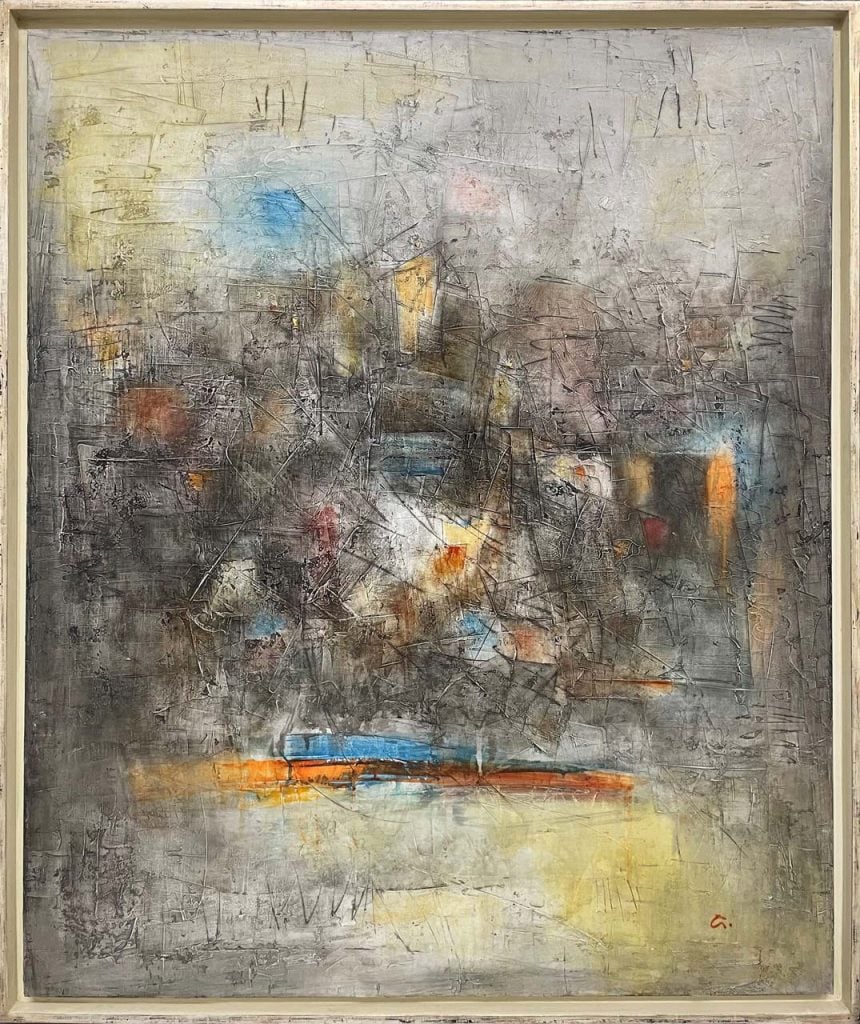
Günther Gumpert, Composition (1981). Courtesy of Galerie Henze and Ketterer, Wichtrach / Bern.
Other artists featured in the exhibition, include Fritz Winter who employed the style of Art Informel; Theodor Werner who broke from tradition to forge his own path in abstraction (like Kirchner, Werner was deemed a degenerate artist); and Günther Gumpert who similarly worked in the face of war and post-war trauma and tribulation. Together these artists illustrate a remarkable moment when something new was born. Against the odds, and in favor of personal and profound expression, the stories and oeuvres of German artists working in the mid-20th century offer cogent lessons for artists today.
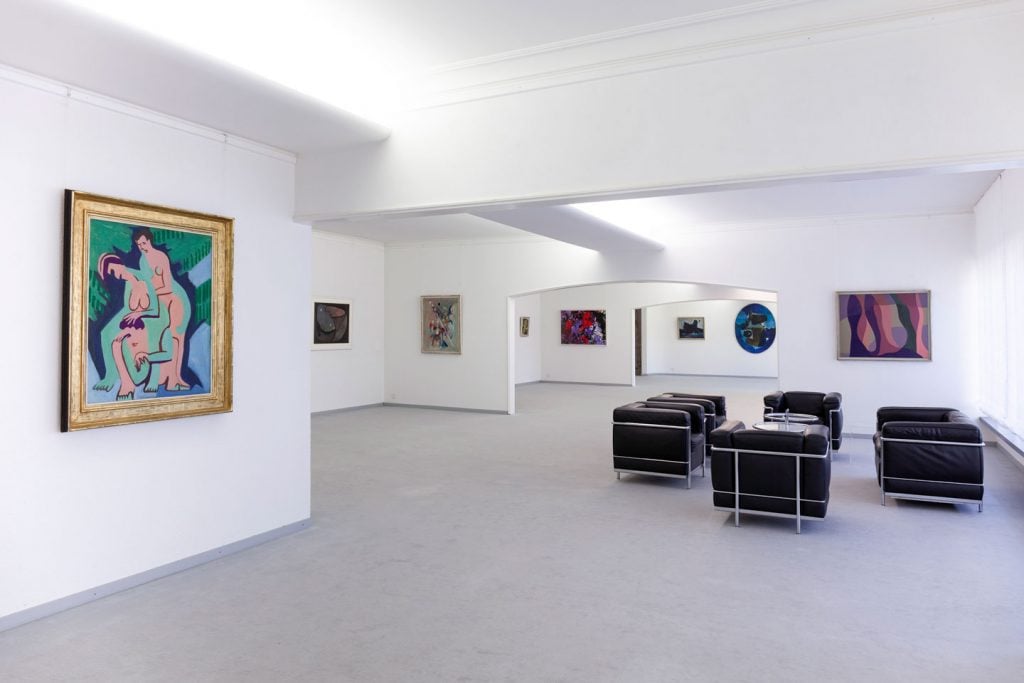
Installation view of “World Art for Peace & Freedom: From Abstraction-Création 1930 to the abstract world language 1960” (2024). Courtesy of Galerie Henze and Ketterer, Wichtrach / Bern.
As remarked in the exhibition’s text by Wolfgang Henze, “It is precisely in and through its ‘speechlessness’ that this abstraction is an essential statement of the art of its time: from 1930 to 1960 and beyond, against fascism and for freedom in peace.”
“Expressive! Expressionist Paintings of the First and Second Generation” is on view at Galerie Henze and Ketterer through December 20, 2024.
